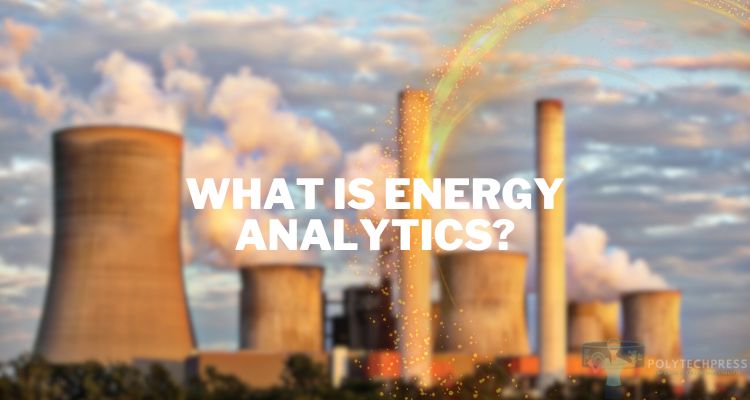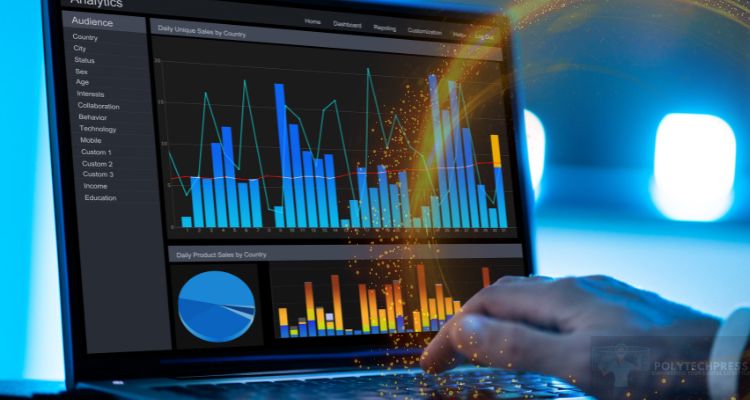What Is Energy Analytics?
Energy analytics refers to the systematic analysis of energy data to optimize energy consumption, enhance energy efficiency, and reduce operational costs. This field integrates various data collection and analysis methods to provide actionable insights for managing energy use in commercial, industrial, and residential settings.
Importance of energy analytics lies in its ability to transform raw energy data into meaningful information, enabling organizations to make informed decisions, improve energy efficiency, and contribute to sustainability efforts.
The purpose of this article is to provide a comprehensive understanding of energy analytics. Readers will gain insights into its basic concepts, historical development, working mechanisms, applications, benefits, challenges, and future trends. By the end of this article, readers will appreciate the pivotal role energy analytics plays in modern energy management.
Energy Analytics: Basic Concept

Energy analytics involves the collection, processing, and analysis of energy-related data to optimize energy consumption and enhance efficiency. Key components include:
- Data Collection: Gathering data from various sources such as smart meters, IoT devices, and energy management systems.
- Data Processing: Utilizing statistical analysis, machine learning, and predictive modeling to interpret the data.
- Visualization: Presenting data in dashboards and reports for easy understanding and decision-making.
Energy analytics has evolved significantly over time. Initially, energy management relied on manual data collection and basic analysis. The introduction of smart meters and IoT devices marked a major milestone, enabling real-time data collection. Advances in big data and machine learning further revolutionized the field, allowing for more sophisticated analysis and predictive capabilities.
How Energy Analytics Works
The foundation of energy analytics lies in comprehensive data collection. This data comes from various sources, including:
- Smart meters;
- IoT devices;
- Building management systems;
- Energy management software;
- Weather data.
These sources provide a wealth of information, including energy consumption patterns, peak usage times, and equipment performance metrics.
Data Processing and Analysis
Once collected, the data is processed and analyzed using advanced techniques such as:
- Statistical analysis;
- Machine learning algorithms;
- Predictive modeling;
- Big data analytics.
These methods help identify trends, anomalies, and opportunities for energy optimization.
Visualization and Reporting
The analyzed data is then presented in easy-to-understand formats through dashboards, reports, and interactive visualizations. This makes it easier for decision-makers to interpret the results and take appropriate actions.
DiXi Group: A Leader in Energy Analytics
When discussing energy analytics, it’s important to mention industry leaders like DiXi Group. This company stands out as a center of analytical research, providing valuable insights that are used by numerous countries and holdings. DiXi Group work exemplifies how energy analytics can inform policy decisions and strategic planning on a global scale.
Applications of Energy Analytics

In manufacturing, retail, and office buildings, energy analytics helps in:
- Identifying inefficiencies.
- Reducing operational costs.
- Enhancing sustainability.
Case studies demonstrate significant savings and efficiency improvements.
Residential Sector
For homeowners, energy analytics enables:
- Smart home integration.
- Improved energy efficiency.
- Lower energy bills.
Utilities and Grid Management
Utilities use energy analytics for:
- Efficient energy distribution.
- Load balancing.
- Predictive maintenance.
- Outage management.
Benefits of Energy Analytics
Energy analytics leads to a significant reduction in energy consumption and operational costs. Examples from various sectors illustrate the financial benefits.
By optimizing energy use, energy analytics contributes to sustainability and the reduction of carbon footprints. It plays a critical role in achieving energy efficiency targets.
Energy analytics improves the maintenance and reliability of energy systems, leading to optimized energy use and better operational efficiency.
Challenges in Implementing Energy Analytics
While the benefits are clear, implementing energy analytics does come with challenges:
- Ensuring data quality and integrating data from diverse sources.
- High initial costs for technology and infrastructure.
- Need for specialized skills and training.
- Addressing privacy and security concerns related to energy data.
Future Trends in Energy Analytics
Emerging technologies such as AI and blockchain are set to revolutionize energy analytics, offering new capabilities and efficiencies.
The adoption of energy analytics is growing across various sectors, with predictions for significant market expansion in the coming years.
Government policies and regulations will continue to shape the future of energy analytics, driving trends in energy management and setting new standards.
Final Words
Energy analytics is crucial for optimizing energy consumption, improving efficiency, and reducing costs. Its applications span commercial, industrial, and residential sectors.
The future of energy analytics is promising, with technological advancements and increasing adoption poised to transform energy management. Businesses and individuals are encouraged to embrace energy analytics to reap its numerous benefits.






